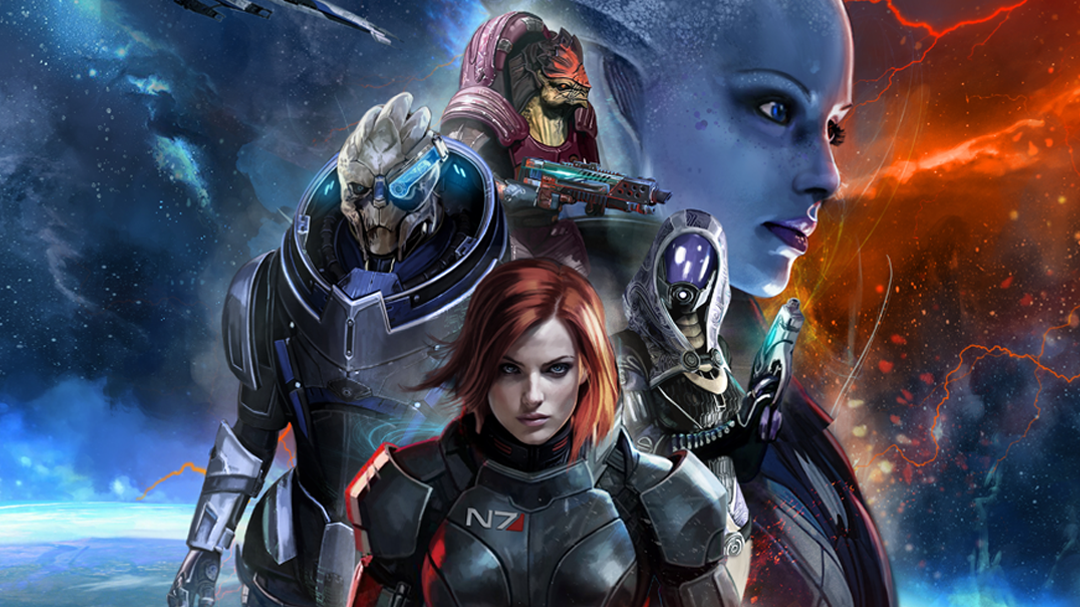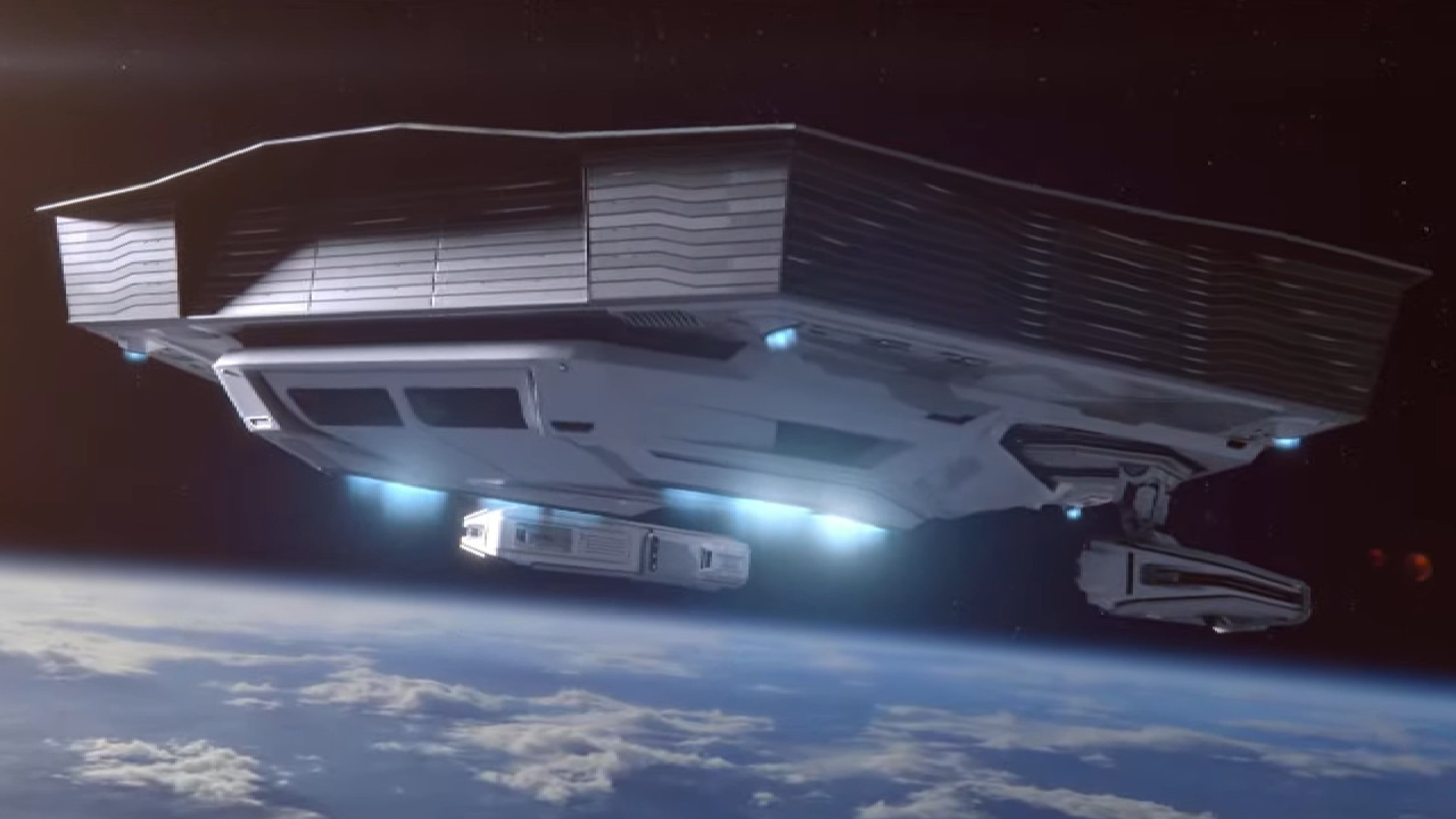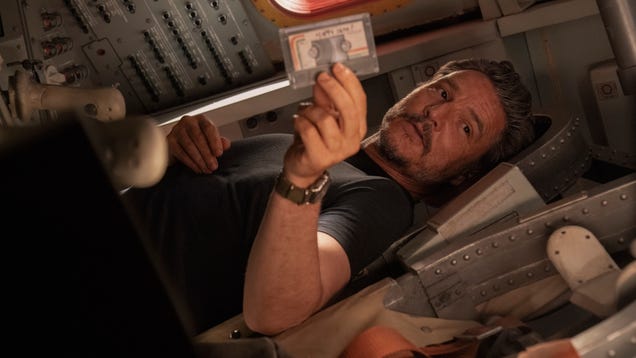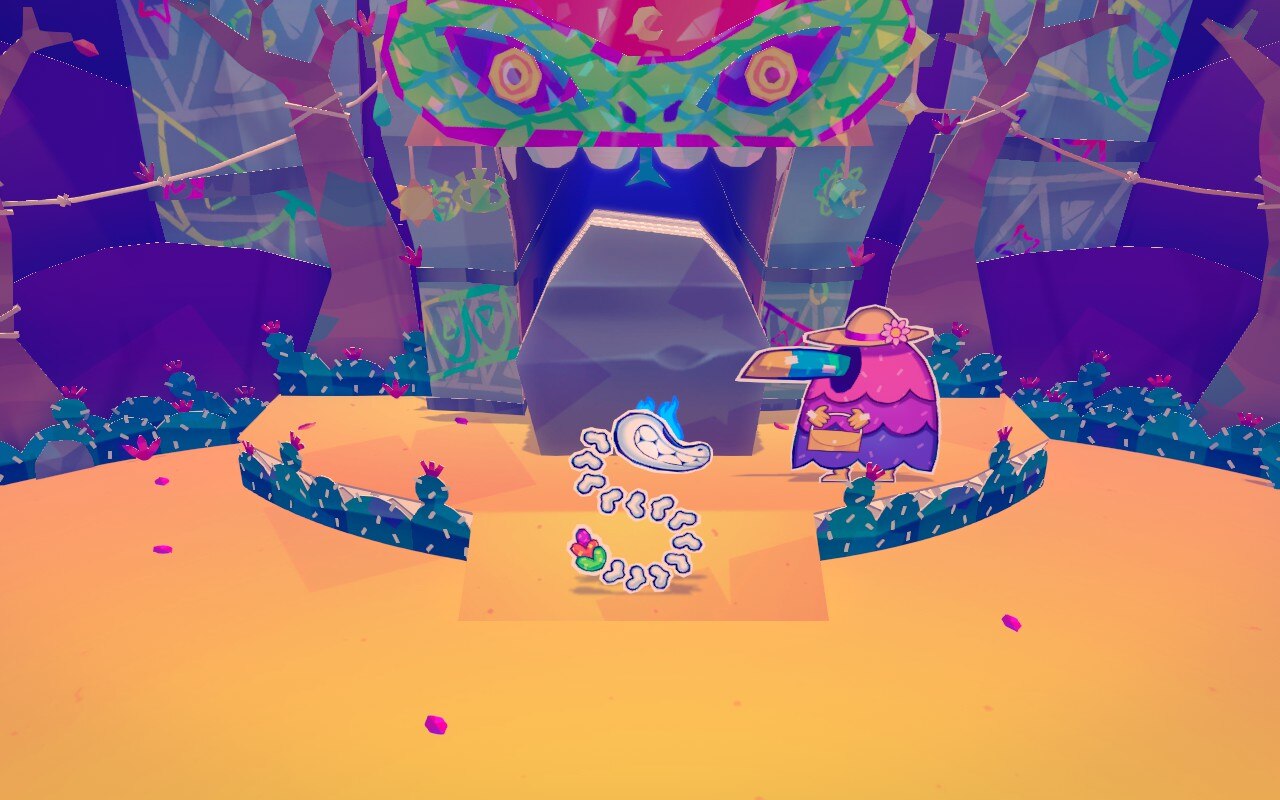
Mass Effect: Priority Hagalaz is focused and reasonably priced, but it's a dull take on such a beloved series.
Despite being based on one of the most iconic RPG series of all time, there’s something oddly dry about the upcoming board game Mass Effect: Priority Hagalaz. Set during the events of Mass Effect 3, the premise is basically a sidequest that never was—taking place over the course of a single night as Shepherd and crew board and fight their way through a crashed Cerberus ship to recover research data.
Even for those who can still remember the specific story details of a game that came out 12 years ago, the stakes here feel low. Why does this pretty minor mission matter, when we already know how the wider story plays out? It’s a serviceable excuse for a series of linked combat missions, but there’s no drama to it or any hook to pull you in. And from what I’ve played so far of our review copy, that’s the game’s fatal flaw: It’s completely lacking in the drama and narrative flair that define Mass Effect.
It’s a shame, because there are admirable qualities here. Right off the bat, there’s a level of restraint here that I appreciate. Where many licensed board games are bloated, over-expensive, shelf-breakingly heavy crates full of plastic, Priority Hagalaz is a tight and efficient box at a reasonable price.
There’s enough production value here for it to feel like a premium experience—with some lovely miniatures of the playable characters (both Shepherds, Liara, Wrex, Garrus, and Tali), plenty of cardboard tokens, laminated playmats, and more—without being overwhelming. And for those who do want a more extravagant set up, additional miniatures can be bought separately (though to be honest I’m not sure how you’d use them in play—the usual cardboard discs have vital info printed on them).
The campaign is similarly focused, though whether that’s a perk or a flaw will depend on your expectations. It’s essentially a flowchart offering a few different paths you can take through a selection of possible missions, each its own turn-based strategy battle. Between main missions, you can also take on optional loyalty missions—side objectives themed after each character, which can earn them a unique new ability.
(Image credit: BioWare, EA, Modiphius)
A full campaign is three main missions and potentially two loyalty missions—probably about 4-5 hours of play, maybe less once you’ve got the rules down, with the idea being that you’ll replay it to try different paths and see the outcomes of making different choices. On the one hand, the idea that you can actually finish a full campaign in one or two sessions is appealing. So many dungeon crawlers and campaign games promise 100s of hours of content that realistically most groups will never get through—I do often think it’s better to provide that sense of progression and completion at a more approachable scale.
On the other, though, I don’t think there is enough incentive to replay it, meaning that first run may well be all you get out of it. You can certainly see a different selection of missions each time you go again, but your choice of characters is pretty limited (there are five, and you have to bring four into each mission) and there don’t seem to be any rules included for ramping up the difficulty, which is limiting for a game that’s pretty easy by default. While there are narrative choices to make with different outcomes for the story, the bland writing and set-up ensures none of them are interesting enough to keep you coming back.
You’ll also need to make sure you’ve gathered the right number of players each time. No matter how many are around the table, there will always be four characters in play. As you’d imagine, with four players that works well, and with two you’d probably fare fine controlling two characters each. But with a group of three, one of you just gets twice as much play time (and cognitive load) as everyone else, and solo play feels like musical chairs as you rapidly hop around the table between the different sheets. It’s oddly inflexible for a game that seems to otherwise be striving for convenience and accessibility.
Mass destruction
(Image credit: BioWare, EA, Modiphius)
The missions themselves essentially emulate the third-person shooter combat of Mass Effect 3, with waves of enemies to gun down as you work towards claiming objectives or defeating bosses. Parts of the combat system are pleasingly elegant. I really like the laminated character sheets for each character, which lay out their abilities in a clear visual form. After rolling the custom dice at the start of your turn, you simply place the ones you want on abilities with a matching icon and resolve their effects. It’s simple and easy, and the combat identities of each character are clearly conveyed—from Wrex’s massive up-close damage to Tali’s hacking and drone control.
The battlegrounds themselves are neatly presented, too. Each mission has its own spread in a ringbound book—you just flip to the right one and the map is there on the right hand page, with mission rules on the left. Though the maps do feel a little pokey as a result, it allows for plenty of variation without filling the box with boards or map tiles.
Beyond those neat elements, however, what should be a very straightforward combat system is oddly fiddly in play. There are slightly too many moving parts. Between all the tokens in play, stuff to track on your sheet, and things moving from one player to another, it’s easy to trip over yourselves. When you’re not sure of a rule, the rulebook is no help—it’s clearly written but poorly organised, and without an index it can take far too long to find where a particular concept is explained.
(Image credit: BioWare, EA, Modiphius)
But even when you do feel like you’ve got a handle on it all, the experience is just too flat to get excited about. For your first few turns, there’s enough novelty in exploring all your different options to make things fun, but after that it becomes clear what you’re in for is a bit of a grind.
Enemies die fast but respawn just as quickly—in the tight confines of the ship they feel more like clutter than opponents, and it’s often hard to get a sense of when it’s actually tactically advantageous to kill them rather than simply ignoring them. Bosses take longer to kill, but tend to be easily neutralised with debuffs, their larger health bars only ensuring you’re stuck bashing away at them for multiple turns before you can move on.
There are lots of mechanics at work and optional objectives you can strive for, but it doesn’t cohere into a compelling strategic puzzle. You could sweep half the tokens off the board and the core experience would hardly change.
(Image credit: BioWare, EA, Modiphius)
After a bland opening mission, I hoped our first loyalty mission—with Wrex, who wants to smash up some Cerberus research on the genophage—would evoke more Mass Effect flavour. Instead, it was emblematic of the game’s problems. Our first objective was simply to kill an arbitrary number of enemies—easily done and uninteresting. Then we had to get Wrex to a terminal, which triggered an evil Krogan boss to literally drop out of the ceiling.
Only Wrex could deal normal damage to this boss—the rest of us could only inflict one with each hit, meaning we were better off keeping the room clear and supporting Wrex’s efforts while he went round-for-round. On paper, that’s a cool moment: Wrex gets his time to shine while his squadmates act as his cheerleaders. In practice, he had the most boring job of all—simply standing in one spot doing the exact same move for three turns in a row to maximise damage, while Liara’s biotic abilities debuffed the boss, preventing it from dealing any damage back.
(Image credit: BioWare, EA, Modiphius)
That term, “loyalty mission”, conjures all sorts of memories from the videogames. Difficult moral choices, interesting dialogue, narrative twists, and wonderful interactions with one of the medium’s most beloved casts of characters. There’s really none of that here. You start a mission, you spend 10 minutes finding every little token that needs to be placed on it, you shoot things for 40 minutes, you read a dull paragraph of exposition, and then you move on to the next.
It’s not easy for a board game to capture the magic of a great BioWare RPG, but I’m sad to say Priority Hagalaz doesn’t really even come close. Fans of the series will enjoy the well-crafted miniatures, but they’ll find very little else of the series’ distinctive personality in the box.
The game is up for preorder now, with release planned for early October, but even at its very reasonable price, I can’t recommend it. If you want a compact box of co-op combat, check out Unmatched Adventures instead. If you want a compelling narrative campaign in a familiar setting, you might enjoy Journeys in Middle-earth or the behemothic but beautiful Divinity: Original Sin board game. With its dry adventures and failure to find the fun in the Mass Effect universe, Priority Hagalaz unfortunately just isn’t worth your time.






